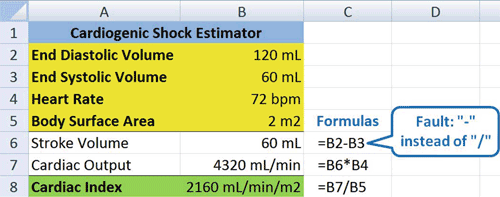Authors
Rui Abreu, Simon Ausserlechner, Birgit Hofer, & Franz Wotawa
Abstract
Companies and other organizations use spreadsheets regularly as basis for evaluation or decision-making. Hence, spreadsheets have a huge economical and societal impact and fault detection, localization, and correction in the domain of spreadsheet development and maintenance becomes more and more important.
In this paper, we focus on supporting fault localization and correction given the spreadsheet and information about the expected cell values, which are in contradiction with the computed values. In particular, we present a constraint approach that computes potential root causes for observed behavioral deviations and also provide possible fixes.
In our approach we compute possible fixes using spreadsheet mutation operators applied to the cells' equations. As the number of fixes can be large, we automatically generate distinguishing test cases to eliminate those fixes that are invalid corrections.
In addition, we discuss the first results of an empirical evaluation based on a publicly available spreadsheet corpus. The approach generates on average 3.1 distinguishing test cases and reports 3.2 mutants as possible fixes.
Sample

In this spreadsheet, cell B6 is faulty. It computes B2-B3 instead of B2/B3. As a consequence, the value of cell B8 is outside the expected bounds even when the input values (B2 to B5) are OK.
Publication
2015, Testing Software and Systems, Volume 9447, November, pages 124-140
Full article
Testing for distinguishing repair candidates in spreadsheets: The Mussco approach
